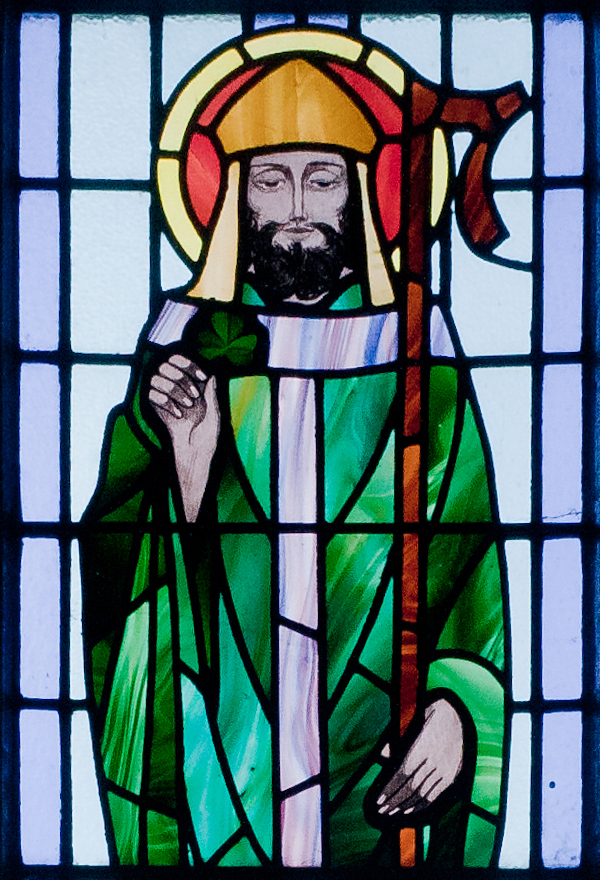For Saint Patrick’s Day, we offer a brief history of this huge global celebration, as well as a few rather surprising facts about Saint Patrick…

St Patrick’s Day origins
Falling each year on 17 March, St Patrick’s Day is one of the world’s biggest and most lively annual celebrations. Saint Patrick is the patron saint and national apostle of Ireland, credited with bringing Christianity to the Emerald Isle. The day is traditionally celebrated as a solemnity and holy day of obligations but its modern incarnation is a bit of a departure from that, associated with all that is Irish, namely anything green and gold, or featuring shamrocks or Guinness.
We don’t actually really know why the day that celebrates the saint’s life is celebrated on this date. One fairly obvious theory is that that is the day that St Patrick died, though this is not proven as the dates of his life cannot be fixed with certainty. Few historical details are known about St Patrick’s mission to Ireland, although legends abound about his life and work, namely his role in expelling all snakes from Ireland. The shamrock’s association with St Patrick’s Day comes from the popular myth that says St Patrick used the three leaves of the plant to explain Catholicism’s holy trinity to the Irish.
St Patrick’s Day today
Now celebrated all over the globe, particularly parts of America where many Irish immigrants settled, St Patrick’s Day is a festive day of vast proportions. In London, a grand St Patrick’s Day parade flows through the city, usually attracting over 100,000 people and celebrating the best of Irish music, dance, culture and arts. And in some places in the world, such as Chicago, people even dye whole rivers green.
Here are five facts for you to digest before you take to the streets in green and gold.
1. St Patrick wasn’t really Irish
St Patrick was actually born in Britain around AD390 to an aristocratic Christian family that owned a townhouse, a country villa, and slaves. As a boy of 14 he was captured and taken to Ireland where he spent six years in slavery herding sheep. He returned to Ireland in his thirties as a missionary among the Celtic pagans.

2. There were no snakes in Ireland
A popular St Patrick myth is the claim that the saint banished snakes from Ireland. However, evidence suggests post-glacial Ireland never had any snakes in the first place.
3. St Patrick’s Day: an American creation?
Until the 1970s, St Patrick’s Day in Ireland was a minor religious holiday. A priest would acknowledge the feast day, and families would celebrate with a big meal, but that was about it.

4. Green was not St Patrick’s colour
Despite the green hats, green clothes, green face paint and green pints, St Patrick did not wear green himself. His vestments were blue, though a green shamrock or ribbon is understood to have been worn on St Patrick’s Day since the 1680s.
5. Ireland is not the world’s biggest consumer of Guinness
The Emerald Isle is not the biggest consumer of Guinness. Somewhat surprisingly, that accolade goes to Nigeria. Of the total worldwide consumption of Guinness, 40 per cent of it is in Africa.





 © 2024
© 2024